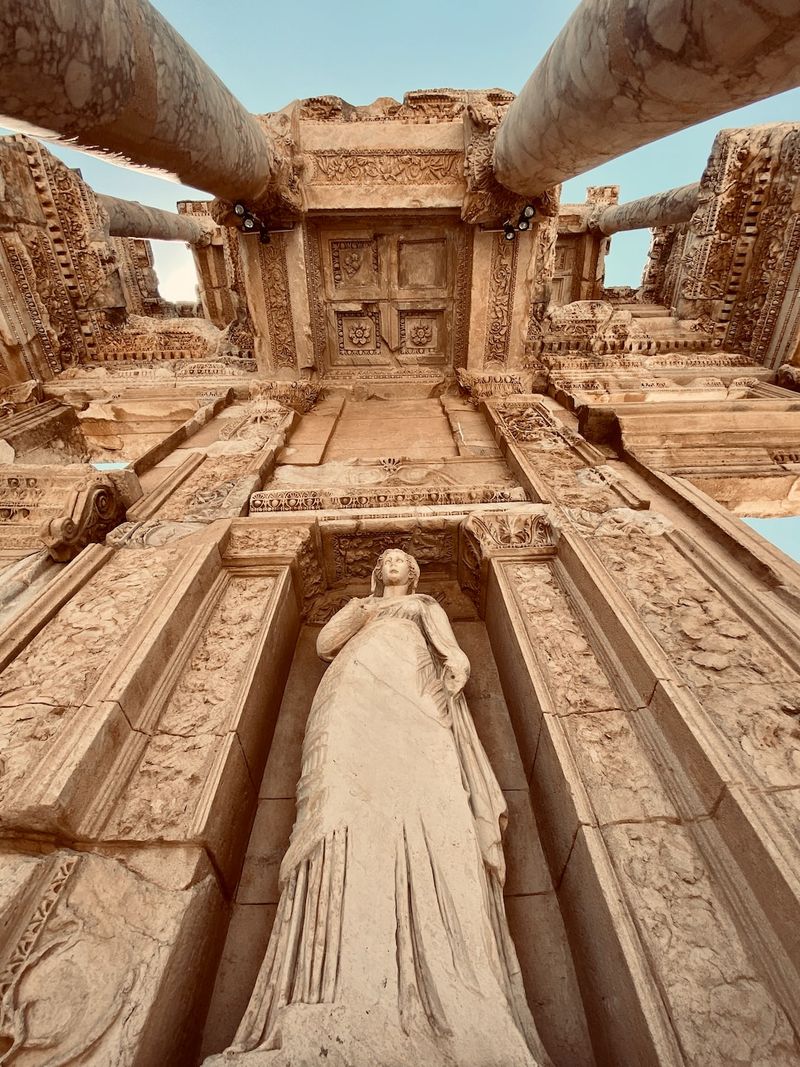1,000-Year-Old ‘Alien Corpses’ Displayed in Glass Cases in Mexico
A recent exhibition in Mexico has sparked both intrigue and controversy, as it showcased what has been claimed to be 1,000-year-old “alien corpses” preserved in glass cases. The event was spearheaded by a journalist and UFO enthusiast, who presented the specimens as evidence of extraterrestrial life on Earth.
Testimony and Estimations
The journalist and UFO enthusiast testified under oath and had the opportunity to address Mexican politicians, providing insights into the estimated age of the mummified remains and the scientific techniques used to examine them. While the exhibition has gained attention, it is essential to approach such claims with skepticism and scrutinize the evidence presented.
Archaeology and Ancient Extraterrestrial Life
The idea of ancient extraterrestrial life has fascinated many throughout history. Numerous archaeological discoveries have raised questions and provided fuel for imaginative speculation. However, in the realm of scientific investigation, it is crucial to uphold the principles of evidence-based inquiry.
Archaeology, as a discipline, focuses on the study of human history through the analysis of material remains. It provides insights into past civilizations, cultures, and beliefs. While the field has witnessed groundbreaking discoveries, the presence of genuine “alien corpses” would require extraordinary evidence that surpasses the boundaries of what is currently known.
Skepticism and the Scientific Method
Skepticism, rationality, and the scientific method serve as the foundation for evaluating extraordinary claims. When faced with extraordinary claims, scientists and researchers approach them with an open mind but also demand robust evidence before reaching definitive conclusions.
It is important to remember that extraordinary claims require extraordinary evidence. The presentation of alleged “alien corpses” falls into this category, warranting careful scrutiny and thorough investigation. Unsubstantiated claims without rigorous scientific examination can result in misinterpretation, misunderstanding, and the spread of misinformation.
The Role of Exhibitions and Public Engagement
While exhibitions showcasing controversial subjects can generate public interest, the responsibility of organizers and visitors lies in approaching these events with a critical eye. Exhibitions of this nature should promote critical thinking, scientific literacy, and evidence-based discussion.
Instead of solely focusing on sensational aspects, it is vital to encourage a broader understanding of the scientific method, the principles of critical evaluation, and the importance of peer-reviewed research. Exhibitions and events can act as platforms for public engagement and education, conveying scientific knowledge in an accessible manner.
Final Thoughts
The exhibition displaying alleged 1,000-year-old “alien corpses” in Mexico has captivated the public’s attention. However, the claims made should be met with healthy skepticism until more rigorous scientific analysis can be conducted. The principles of evidence-based inquiry, critical thinking, and the scientific method provide a robust framework for evaluating extraordinary claims.
Although exhibitions of this nature can be fascinating, it is essential to approach them with a discerning eye, seeking to understand the evidence and engaging in informed discussions. By doing so, we can foster a more scientifically literate society and encourage a deeper appreciation for genuine archaeological discoveries while distinguishing them from unsubstantiated claims.

<< photo by Nazlı Atabey >>
The image is for illustrative purposes only and does not depict the actual situation.




